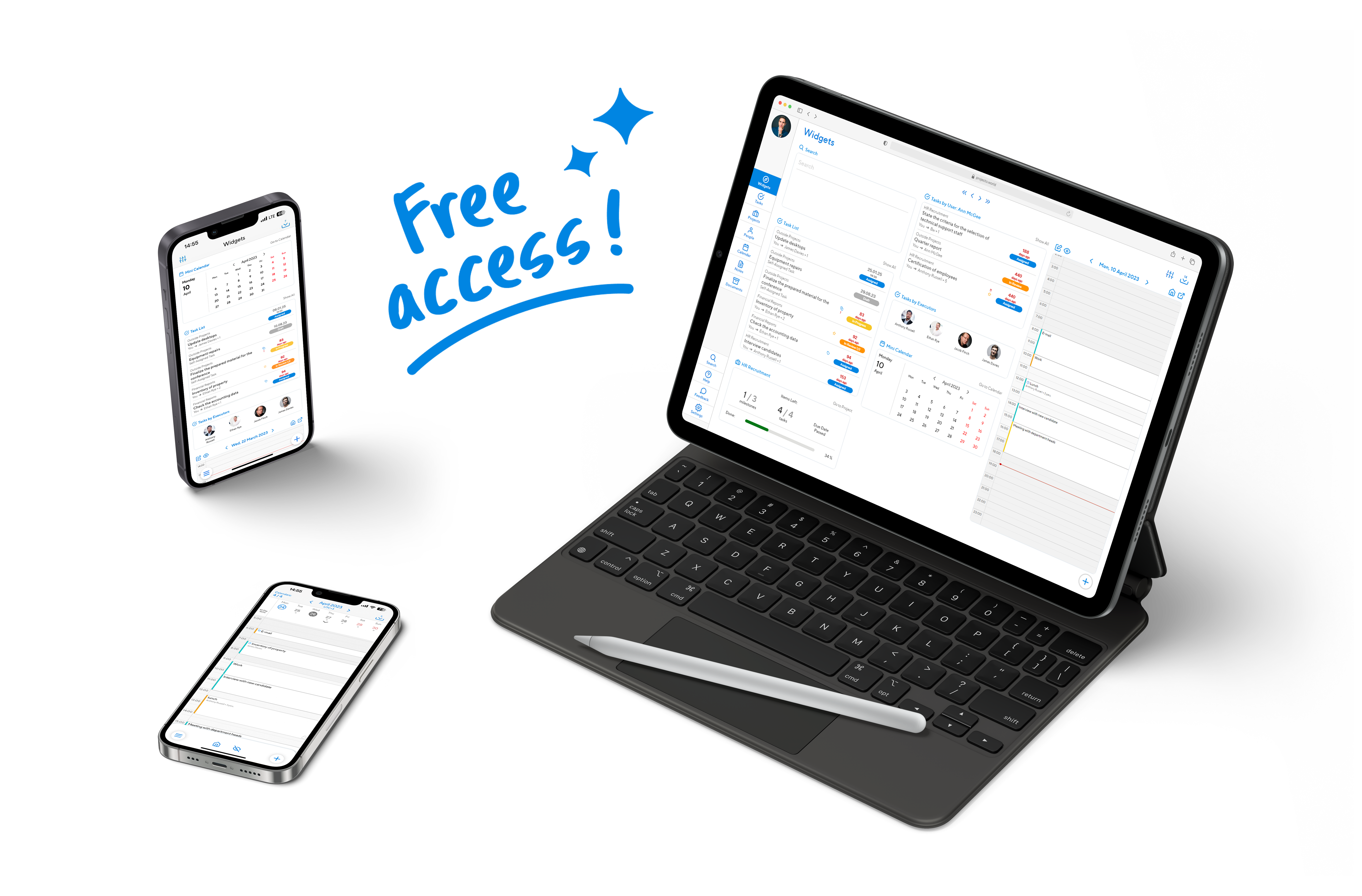In order to optimize activities and correctly identify the strengths and weaknesses of the team, a reporting format such as «photo of working time» should be introduced.
This does not mean that an employee should take a real snapshot of their work process. «Photographing» implies minute-by-minute recording of activity in the form of a special table or graph. This format of monitoring is possible with the use of special task tracking programs.
Why You Need to Implement a Photo of an Employee’s Workday
The main advantage of this method of reporting is the improvement of management efficiency and staff performance. Project managers can clearly see which of their colleagues are making enough effort and performing their duties well. And who is skiving and does not stay at the workplace for hours.
Photographing allows to:
- Organize a team work;
- Identify strengths and weaknesses in the interaction between structural units;
- Analyze at what stages difficulties arise and find solutions;
- To motivate your staff and increase their dedication.
Types of Photos of a Working Day
Managers have to monitor the activities of not just one employee, but an entire department. In addition to individuals, there are several types of photos of employees’ working hours.
- Group
Allows to study the consistency of work on a team project. Track where problems have arisen and why deadlines are being missed and implement measures to improve the efficiency of teamwork.
- Complex
With this method, managers analyze the activities of several departments as a whole. In this way, the efficiency of the company as a whole can be tracked. It’s good for organizing teamwork time.
- Self-photography
The employees themselves calculate and analyze their own working time. This format develops self-discipline in employees and reduces the time for managers to check efficiency.
Methods of Obtaining Photographs of Working Time
There are 3 main methods of acquiring data, each with its own peculiarities.
Self-photography
The employee notes and records their own activities during the day. In such a case, screenshots, photos, or documents should be attached to prove the validity of data. However, such a method may have a negative impact on the work process itself. Filling out signs and documents will distract the employee from their direct duties.
An example of a photo of a sales manager’s working day in the table:
| Start of work | End of work | Type of activity | Expended |
| 8:10 | 9:00 | Calling clients to discuss further actions on the project | 40 min. |
| 9:05 | 11:10 | Completing reporting on closed projects | 2 hours 5 min. |
| 11:15 | 12:00 | Lunch break | 1 hour |
| 12:15 | 14:25 | Training of new staff | 2 hours 10 min. |
| 14:30 | 15:00 | Discussion of client edits | 30 min. |
Involvement of Outsource Specialists
To track work traffic, companies hire special people whose duties include monitoring the activities of employees and entire departments. This approach allows for an objective study of efficiency. However, there is a risk of unreliable data. Employee activity may be highest at the time of observation, and decrease at the end of reporting to the next check.
Personnel Management Systems
To avoid employing third-party people to conduct performance analysis, companies use special applications and time management programs. They are integrated into the workflow and automatically record labor activity.
These programs collect, analyze, and graph the results for easy understanding. With this data, management can quickly identify the problem areas of the workflow: what needs attention and what difficulties arise in the execution of projects individually and in teams. An example of such a program is Projecto.
How to Work With Working Time Photos
The most convenient and accurate way to fix a photo of an employee’s working time is special programs, such as Projecto. The system does all the work for you to control the performance of duties. You only need to carry out the installation and determine the format for analyzing efficiency.
With the new functionality of Projecto, employees can add events in the calendar and mark their start and end times, and record how long it took them to complete their tasks: essentially “self-photographing”. Based on the information obtained, the employer can:
- analyze the finished data,
- draw conclusions without spending time on direct observation,
- communicate the results to employees,
- take action to improve or maintain company’s performance.
By integrating Projecto into your work, you reduce the time spent on filling out unnecessary reports: the system does everything for you. The freed up hours can be used to achieve results or to maintain the concept of work-life balance in the company.
